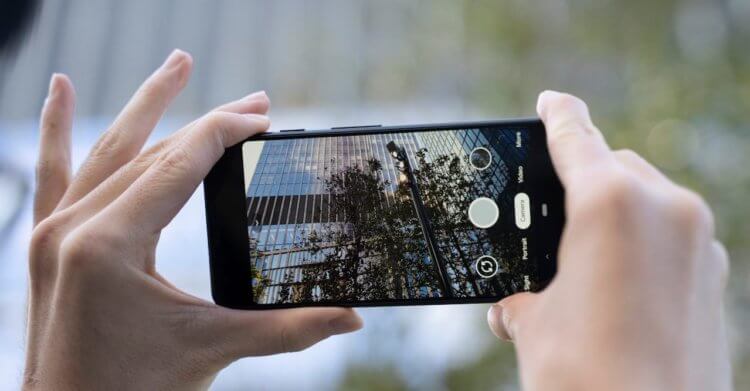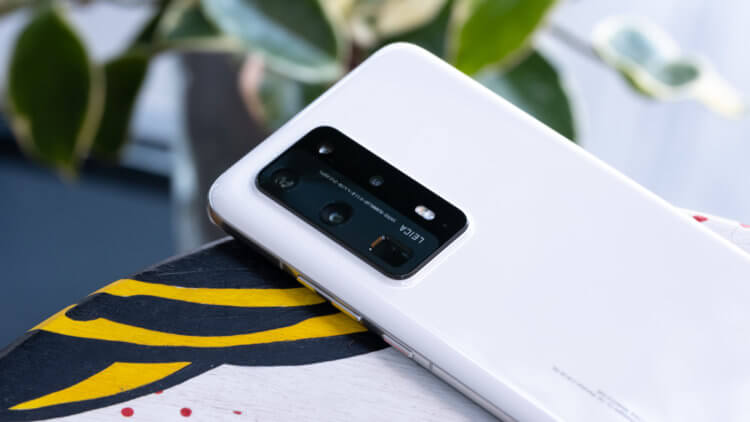For a couple of years now, it has been a camera, not a powerful filling or a large display, that defines the flagship. If a smartphone is equipped with an advanced processor, a large amount of RAM or a capacious battery, it will not be able to claim the title of a top device. But as soon as the manufacturer adds to this technological splendor a block of cameras of three or four modules with a resolution of under a hundred megapixels, the device will immediately sparkle with new colors and it will be possible to ask for it twice or even three times more. But is there any practical sense in this?

A lot of megapixels are not enough for high-quality photos
According to Yu Chengdong, Head of Consumer Sector Huawei, 100-megapixel cameras are of little use and should be eradicated. Such a resolution is absolutely redundant, since the final quality of a photograph largely depends not on the density of points, but on the light that hits them. Therefore, the size of each pixel is much more important so that they capture more light and thereby provide a higher quality picture.
The most popular myth about smartphone cameras

Pixel size is what exactly the value is
Analysis of mobile cameras that are equipped with modern smartphones showed that the effect of 100-megapixel sensors is not as good as that of sensors with large pixels. Even if 100 million small pixels combine and form large ones, they will still fail. The quality of images does not lie in one plane and does not depend only on megapixels. It is a complex story that is formed from the number of pixels, their size, processing techniques, software algorithms and processor characteristics, ”explained Chengdong.
For this reason Huawei does not produce and is not going to release smartphones with 100-megapixel cameras. This simply does not make any sense, because how can you achieve much more outstanding results, equipping branded devices with 60-megapixel sensors measuring 4.5 microns each. For example, as in the case of the Huawei P40 Pro +, which today, according to the DxOMark rating, is the smartphone with the best camera in the world, which until now has not been surpassed by any other device.
What determines the quality of the photo

Huawei is not equipping its smartphones with 100MP cameras and is not going to
The veracity of the words of the top manager Huawei is confirmed by practice. Apple and Google still equip their flagships with cameras with a frankly low resolution by today's standards – only 12 megapixels. However, thanks to the high luminosity of each individual pixel, advanced processing algorithms and the extensive capabilities of the processor using artificial intelligence, they achieve outstanding results regardless of shooting conditions. Yes, night mode relies heavily on software, but hardware matters too.
To some, this may seem strange, because Chinese manufacturers usually do not think too much about the rational side of the issue, preferring to simply surprise the public, but Huawei is not like that. Few know that it was Yu Chengdong who spoke negatively about 2K displays a few years ago. Then he explained that increasing the pixel density to Quad HD would not make a big difference compared to Full HD, and it would go unnoticed by users. However, this resolution will require much more resources, draining the battery faster. And since this makes no practical sense, then it is not worth equipping smartphones with such displays.
